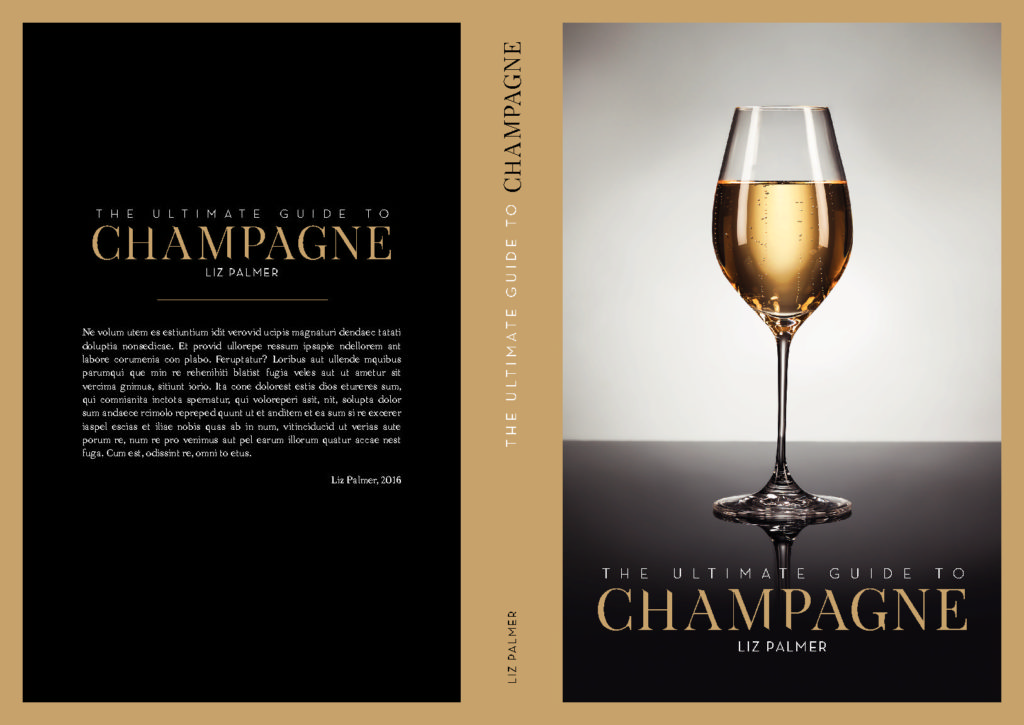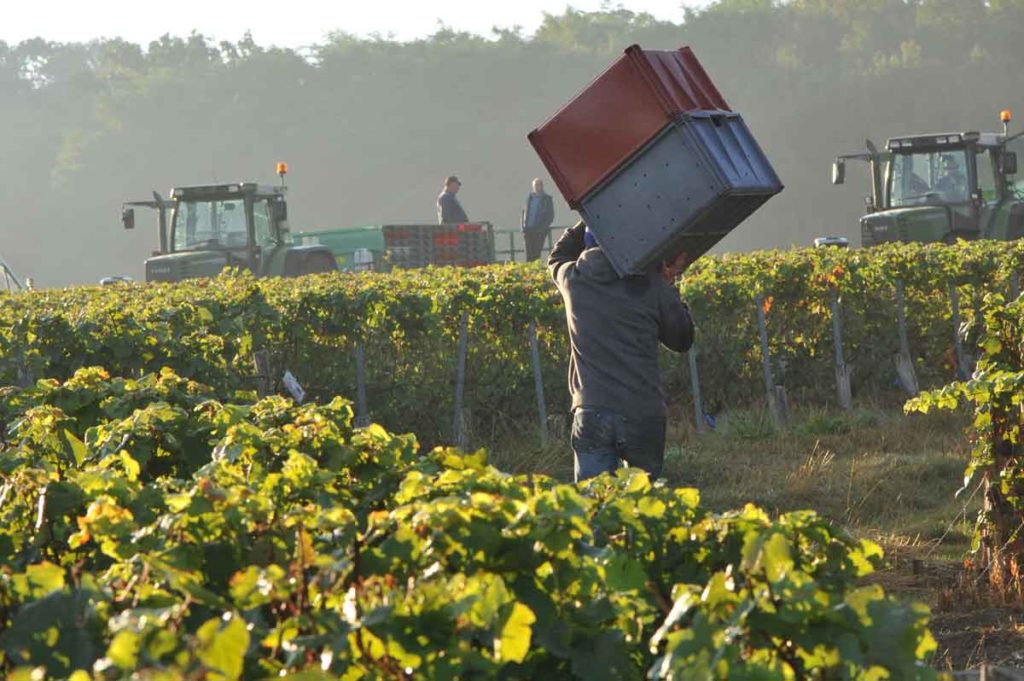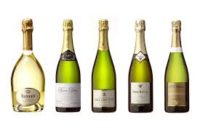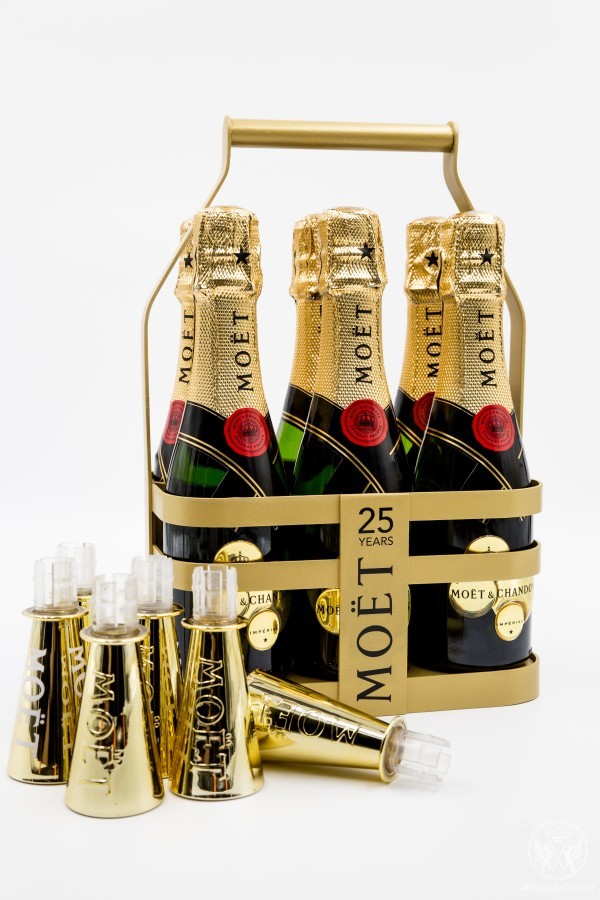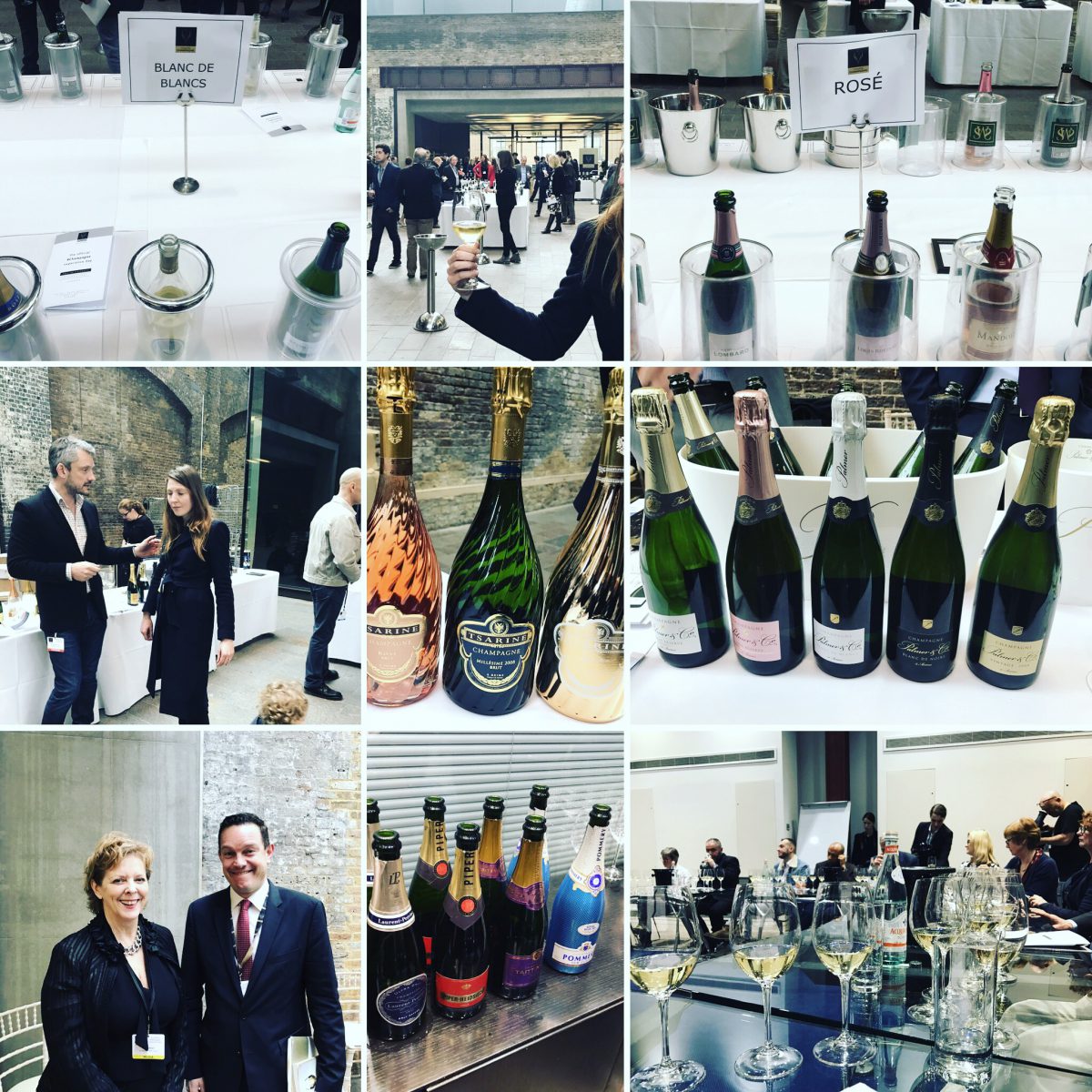Liz Palmer AuthorOver the last few months I’ve mentioned various awards that my first book “The Ultimate Guide To Champagne” has been up for. Here is some more news I want to share with you!
My book has won the National Award for the best French Wine Book at the Gourmand World Awards 2017.
The Gourmand World Cookbook and Wine Book Awards, often noted as the “Oscars” of the food and wine world, were founded in 1995 by Edouard Cointreau, of the liqueur and cognacs family, and take place in prominent cities each year. Celebrating global cookbook and wine book publishing, the awards feature many world-renowned chefs, photographers, wine writers and food writers each year.
This year there were over 10,000 submissions from over 209 countries competing for the awards. The list of finalists can be found here: http://www.cookbookfair.com/
Saturday, May 27th is the award ceremony for “Best in the World” Gourmand Awards (Wine and Drinks), which is held in China. Here is a list of the French Wine Books participating:
W1-5 French Wine
Australia: Champagne, Kaaren Palmer (KP)
Brazil: Vinhos da Borgonha, Cara (Melhoramentos)
China: Les Ignorants, Davodeau, Li Yi Xue (Beijing United)
Canada: The Ultimate Guide to Champagne, Liz Palmer (palmergroup)
France: Anjou Untamed, Jean Yves Bardin, Patrick Rigourd, Bernard Reeves (JYB)
UK: The Story of Champagne, Nicholas Faith (Infinite Ideas)
USA: Champagne, Uncorked, The House of Krug, Alan Tardi (Public Affairs)
http://www.cookbookfair.com/index.php/gourmand-awards/winners-2017/wine-books-shortlist-2017
I’m also excited to announce that The Ultimate Guide To Champagne has recently been accepted into the “Taste Canada” Awards under the Culinary Narratives category, with a short-list being announced July 18 via Twitter! Here is a list of books that are contenders for this category:
Appleton, Frank.Brewing Revolution: Pioneering the Craft Beer Movement. Harbour Publishing, Madeira Park
Cockrall-King, Jennifer. Food Artisans of the Okanagan. TouchWood Editions, Victoria
Flowers, Frankie (Ferragine, Frank).Food to Grow: A Simple, No-Fail Guide to Growing Your Own Vegetables, Fruits and Herbs. HarperCollins, Toronto
Ishii, Caroline.The Accidental Chef: Lessons Learned In and Out of the Kitchen. Author, Ottawa
Le, Stephen.Million Years of Food: What Our Ancestors Ate and Why It Matters Today. HarperCollins, Toronto
Palmer, Liz. The Ultimate Guide to Champagne. Liz Palmer Media Group, Toronto
Sherk, Lawrence C. 150 Years of Canadian Beer Labels. TouchWood Editions, Victoria
Wong, Adele. Hong Kong Food & Culture: From Dim Sum to Dried Abalone. Man Mo Media, Kennedy Town, Hong Kong
http://tastecanada.org/2017-submissions/
Best of luck to all !
Liz Palmer

